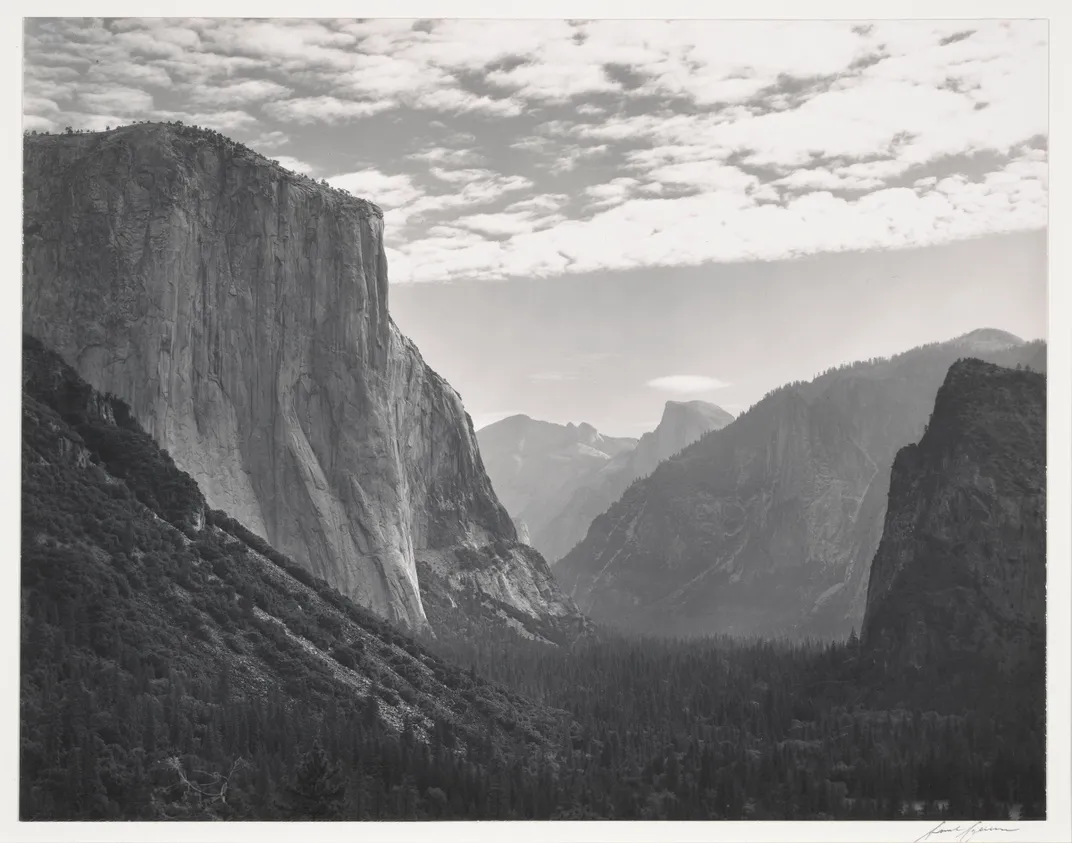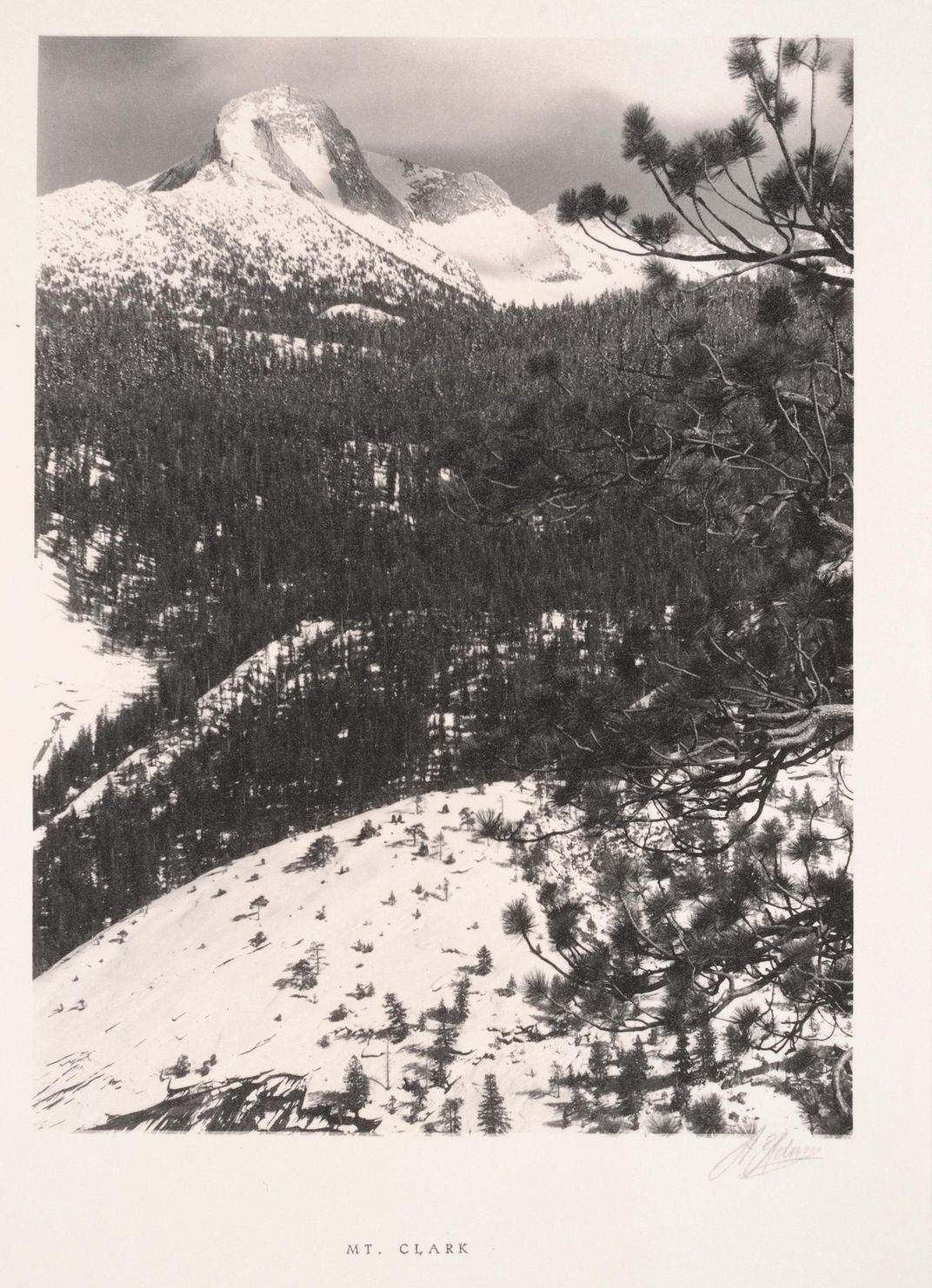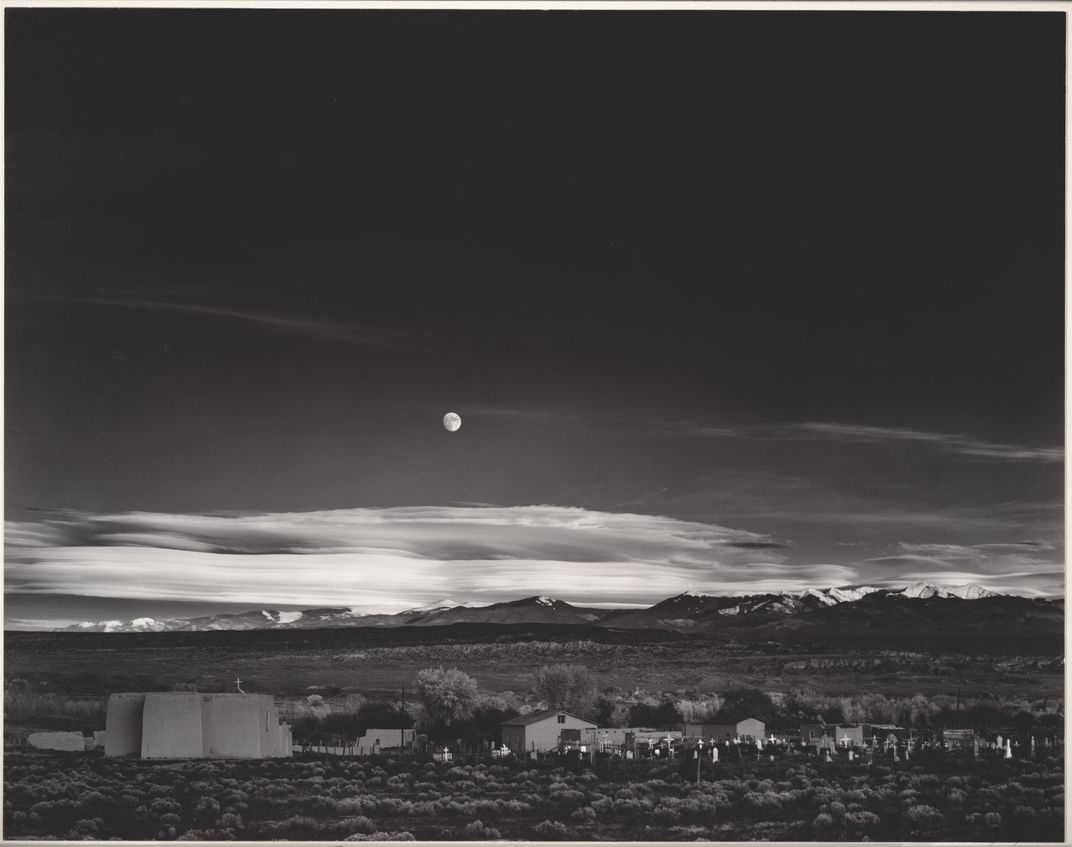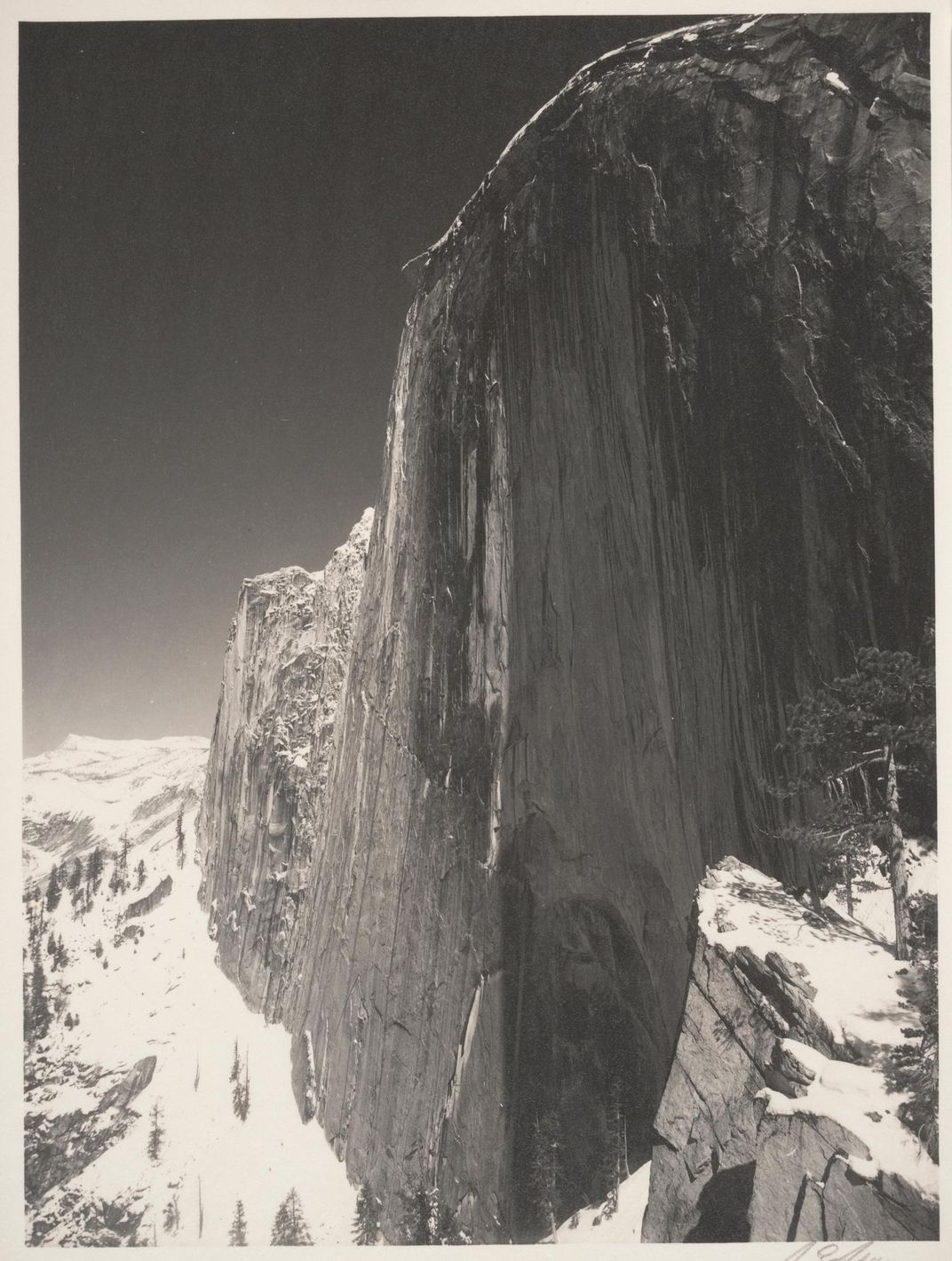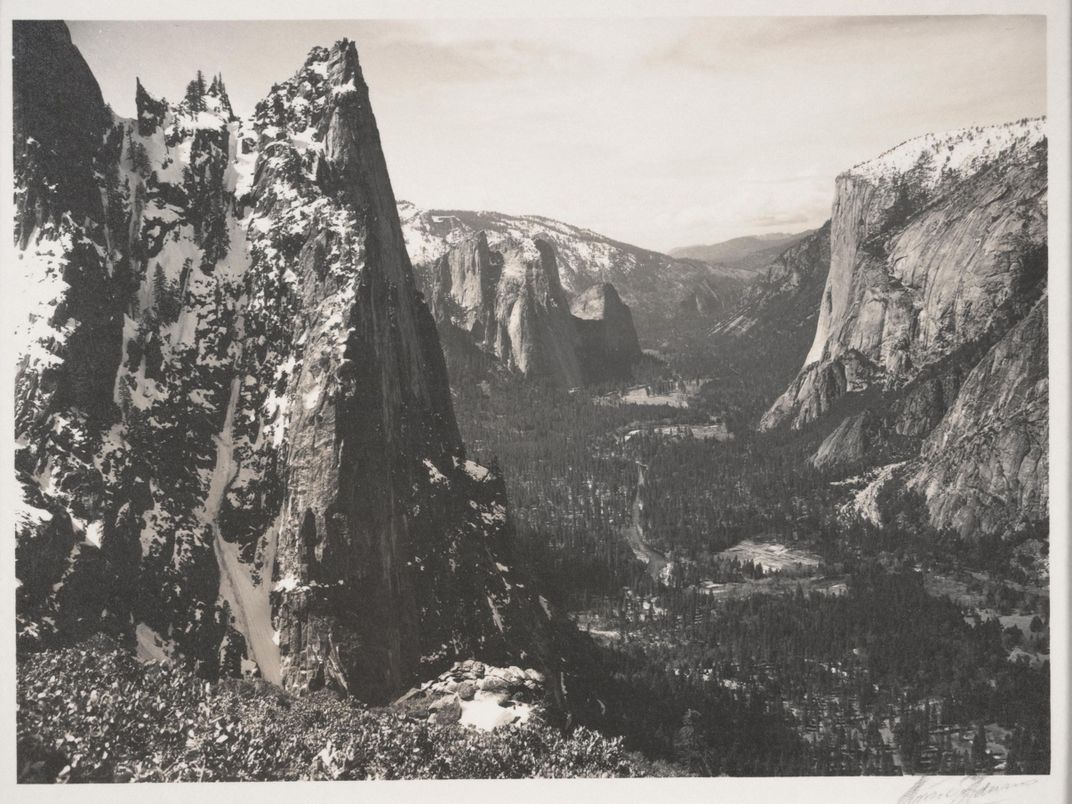New Exhibition Shares Rare Ansel Adams Photos of the American West
See breathtaking early works by the iconic photographer
When Ansel Adams was 14, he convinced his parents to take him on a trip to Yosemite National Park. At the time, he came armed with just a simple Kodak Brownie camera. That would be the first of his many trips to national parks. Over the years, Adams traveled the country taking striking black-and-white pictures landscapes. While Adams is best known for iconic photographs of landmarks like Yosemite’s Half Dome and the Sentinel, his photographic techniques also changed the art of photography. Now, a new exhibition at the Fenimore Art Museum in Cooperstown, New York, celebrates some of the lesser-know photographs from Adams’ early career.
"Drawn to the beauty of nature's monuments, he is regarded by environmentalists as a monument himself, and by photographers as a national institution,” President Jimmy Carter said when awarding Adams the Presidential Medal of Freedom in 1980. “It is through his foresight and fortitude that so much of America has been saved for future Americans."
When he began taking photographs during the 1920s, Adams tended towards warm-toned images with a soft focus and a more painterly quality, the Fenimore Art Museum writes. But by the '50s, Adams’ style had evolved to a cooler-toned, more high-contrast style that brought out sharp details in his prints. While his style changed, his love for nature and the national parks never did.
“I wish I had gotten into the environmental work earlier because I think that’s a citizen’s fundamental responsibility,” Adams told his daughter, Mary Ellen Mark, in a 1984 interview, Daniela Rios reports for artnet News. “The channeling of creative arts in that direction has been very difficult…I think young people are pretty aware of the dangers, but they’re pessimistic…They don’t realize they have to go out and vote themselves.”
The photographs on display at the Fenimore Museum highlight a period of stylistic transition for Adams from the late '20s through the late '40s. While the exhibition includes prints of several of his iconic photographs of Yosemite, it also includes rarer images, such as a 1941 print of "Moonrise, Hernandez."
“Ansel Adams: Early Works” is on display at the Fenimore Museum in Cooperstown, New York through September 18, 2016.
